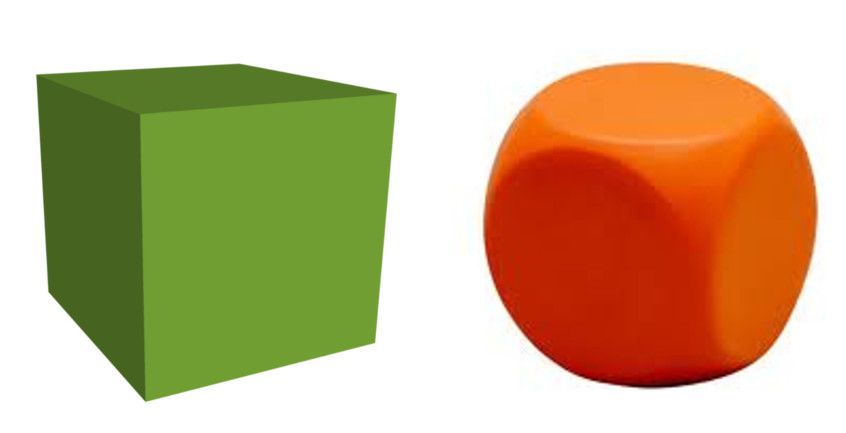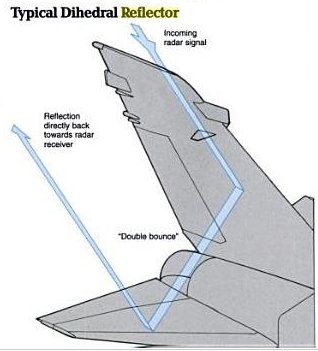Hi everyone, I've been lurking these forums for years, thought may as well start posting 
Interesting to note, the Boeing 6th generation concept has canards and dsi similar to J-20
It is not the canards by themselves but the canards in relations to other structures.
I gave an explanation to my trainees many many yrs ago when I was in the aviation industry after the USAF. So pay attention...
In radar detection, the sphere is the ideal 3D body to establish baseline measurements and to calibrate radar systems.
There are three rules in radar cross section (RCS) control that made the sphere that ideal body:
- Quantity of radiators
- Array of radiators
- Modes of radiation
Rule 1: The sphere have only one radiator -- its surface.
Rule 2: The sphere have only one array of radiator -- curvature.
Rule 3: The sphere have two modes of radiation -- as shown. The modes are specular and if the diameter is less than 10 times the wavelength, the creeping wave behavior will occur. This is called 'the ten lambda' rule. Lambda is the Greek word representation of freq. If the diameter is greater (>10) than 10 times the wavelength, then the creeping wave behavior
WILL NOT occur. The creeping wave behavior is the natural consequence of the diameter/freq relationship so even though it will not occur, it does not mean the surface wave behavior does not exist. Surface waves do exists.
Now we go to a more complex 3D body...
Both cubes have six sides. This is rule 1: Control of quantity of radiators.
Both cubes have their planar sides in the same configuration. This is rule 2: Control of array of radiators.
The left cube have sharp surface discontinuities that will create edge diffractions. The right cube have curvatures where the planar surfaces meet. This is rule 3: Control of modes of radiation. If we rotate both cubes under radar bombardment, most likely the red cube will exhibit different signatures and a lower RCS. Where both cubes will have the same returns is when both cubes present their planar sides to the seeking radar. But it will be the curvatures on the red cube that will create a different overall signature.
When the B-2's designers left out the vertical stabs, they obeyed all three rules. The absence of the vertical stabs is the reduction of radiators, and since the vertical stabs do not exist, they cannot be in relative positions with any other structures, so this fall under reduction of arrays of radiators. Remember, an aircraft is a complex body with many structures that are in relative positions and relationships to each other.
The corner reflector...
...Is a major no-no in RCS control and reduction.
If you are building a marine safety device, then a corner reflector is the appropriate structure, something like this...
But if you want to build a radar low observable complex body, then a corner reflector must be avoided.
There are rules for the corner reflector as well:
- Avoid the corner reflector completely.
- If not possible, then avoid the 90 deg type.
The B-2 with no vertical stabs obeys rule 1 of the corner reflector rules set. The F-117, F-22, and F-35 with their canted vertical stabs could not obey rule 1 so they obeyed rule 2 of the corner reflector rules set.
All four aircrafts falls under the top rules for control of RCS factors/contributors:
- Quantity of radiators
- Array of radiators
- Modes of radiation
Do you understand now ?
So just because Boeing may have canards for the new 'stealth' fighter design, it does not mean somehow the criticisms about J-20's canards have been invalidated. When a canard moves, it falls under rule 2: array of radiators. A canard is a finite structure and impinging radar signals have to get off that structure somehow and some time. The modes of radiation would be specular and edge diffraction. Then because the canard is in close proximity with other structures nearby, such as the fuselage and the wing, rule 2 (array of radiators) is in play.








